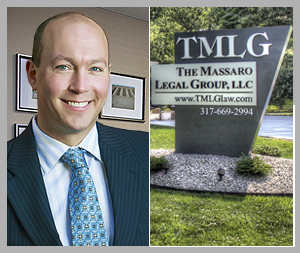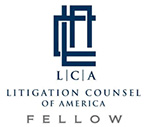After April 22, 2010, 40 C.F.R. § 745.80, et. seq. (hereinafter Act), mandates that no person or company may perform, offer, or claim to perform renovations without first being certified by the Environmental Protection Agency where such renovations occur in structures that were, inter alia, constructed before 1978 and visited regularly or occupied by a child under the age of 6 or by a pregnant woman in which such structures are shown to have a high enough level of lead-based paint after testing. The structures are defined under the Act as “target housing” and “child-occupied facilities.”
The Act should be consulted as its requirements far exceed the scope of this article. However, the Act can essentially be broken down into three main aspects: (1) certification and training of a renovator; (2) lead-based dust and debris containment; and (3) education of the general public about the hazards of leadbased paint.
With regard to certification, a renovator must successfully complete a course accredited by the EPA, pay a fee, and receive a certificate of completion. There is also a dust-sampling technician certification that allows dust-clearance sampling. Most renovators will want both certifications if they desire to be a full-service renovation company. Make note, however, that if work is done on HUD homes, additional training and certification requirements may apply. That notwithstanding, every five years a certified renovator must take an EPA refresher course or face loss of its certification. In addition to obtaining certification, a renovator must train its workers on the work practices they will use in performing their assigned tasks.
When performing lead-based dust removal, the Act specifically limits the allowable methods for removal and for dust and debris containment. There are also specific requirements for work-site isolation, storage of dust and debris during the renovation process, as well as containment during transportation. Moreover, when the renovation is complete, there is a litany of testing and cleaning procedures that must be followed to ensure that no lead-based paint is left behind.
Renovators must maintain specific records and reports, and make them available for inspection by the EPA upon request. Failure to comply with these requirements may result in civil and criminal sanctions under the Toxic Substances Control Act for each violation as well as revocation of certification by the EPA.
Finally, a renovator must be aware of and follow the notice and educational aspects of the Act. After April 22, 2010, all certified renovators must provide owners and occupants with a specific pamphlet prepared by the EPA entitled “Renovate Right: Important Lead Hazard Information for Families, Child Care Providers, and Schools.” This pamphlet must be given to the owner or occupant no more than 60 days before beginning renovation. Written acknowledgment of receipt of the pamphlet must be obtained as well as a certificate of mailing at least seven days before renovation. Further, while the renovation is ongoing, the renovator must post information signs describing the general nature and location of the renovation and the anticipated completion date. The signs must also be in the primary language of the occupants. How a renovator determines the “primary language of the occupants” is not set forth in the Act.
Even this brief overview of the Lead-Based Paint Renovation Act clearly demonstrates the extensive scope and magnitude of complying with the same. There is little doubt that compliance with the Act will increase the cost of the services rendered by renovation companies which will, in turn, most likely be passed on to the consumer. However, if renovators want to stay in the business of renovation, compliance with the Act is a necessary evil.














